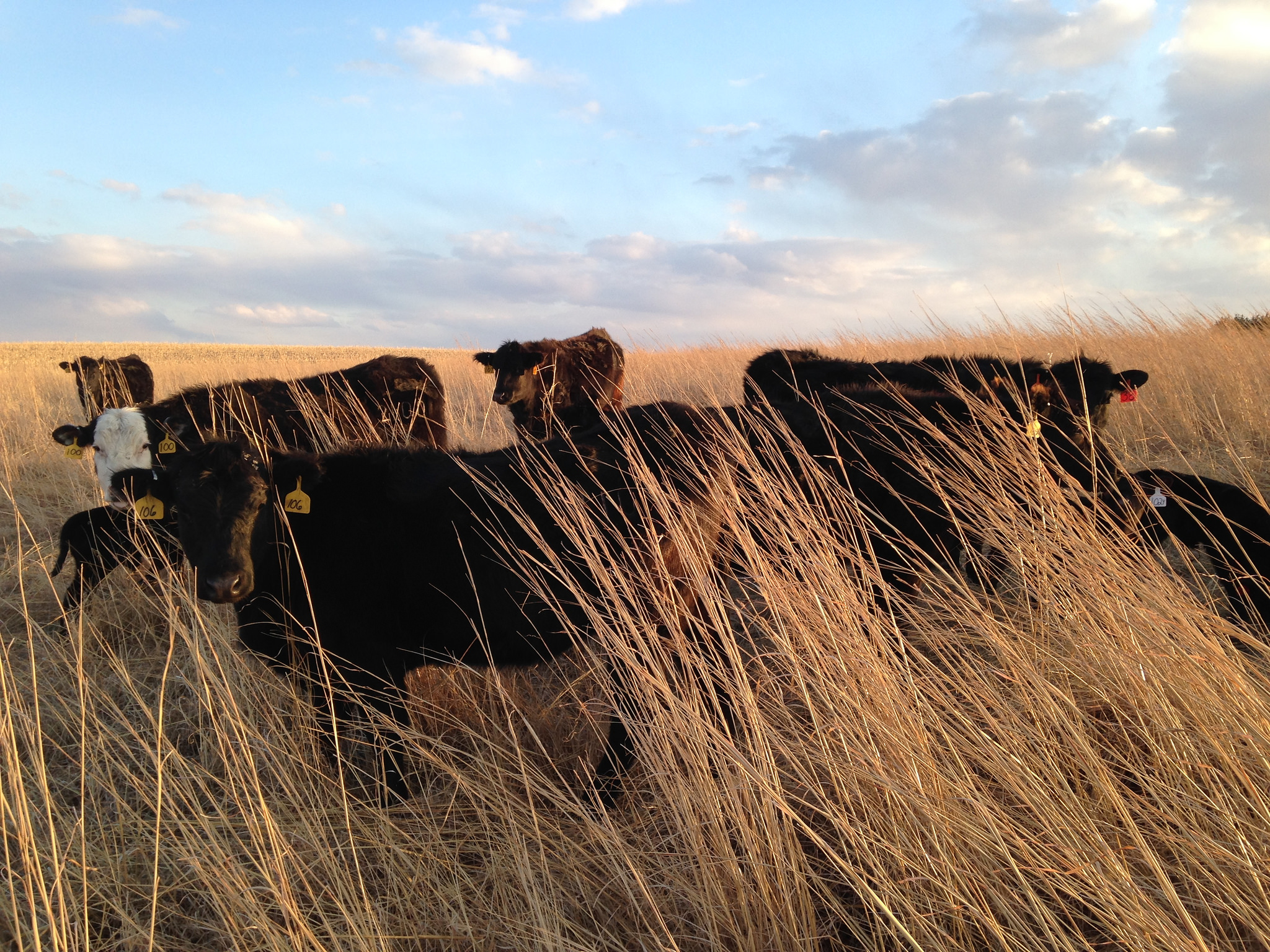GHG Mitigation Potential of Different Grazing Strategies in the United States Southern Great Plains
Authors: Tong Wang, W. Richard Teague, Seong C. Park, and Stan Bevers
Abstract
The possibility of reducing greenhouse gas (GHG) emissions by ruminants using improved grazing is investigated by estimating GHG emissions for cow-calf farms under light continuous (LC), heavy continuous (HC) and rotational grazing, also known as multi-paddock (MP), management strategies in Southern Great Plain (SGP) using life cycle assessment (LCA). Our results indicated a GHG emission with these grazing treatments of 8034.90 kg·CO2e·calf−1·year−1 for cow-calf farms in SGP region, which is higher, compared to that for other regions, due to the high percentage (79.6%) of enteric CH4 emissions caused by relatively lower feed quality on the unfertilized rangeland.
Sensitivity analyses on MP grazing strategy showed that an increase in grass quality and digestibility could potentially reduce GHG emission by 30%. Despite higher GHG emissions on a per calf basis, net GHG emissions in SGP region are potentially negative when carbon (C) sequestration is taken into account. With net C emission rates of −2002.8, −1731.6 and −89.5 Kg C ha−1·year−1 after converting from HC to MP, HC to LC and from LC to MP, our analysis indicated cow-calf farms converting from continuous to MP grazing in SGP region are likely net carbon sinks for decades.


